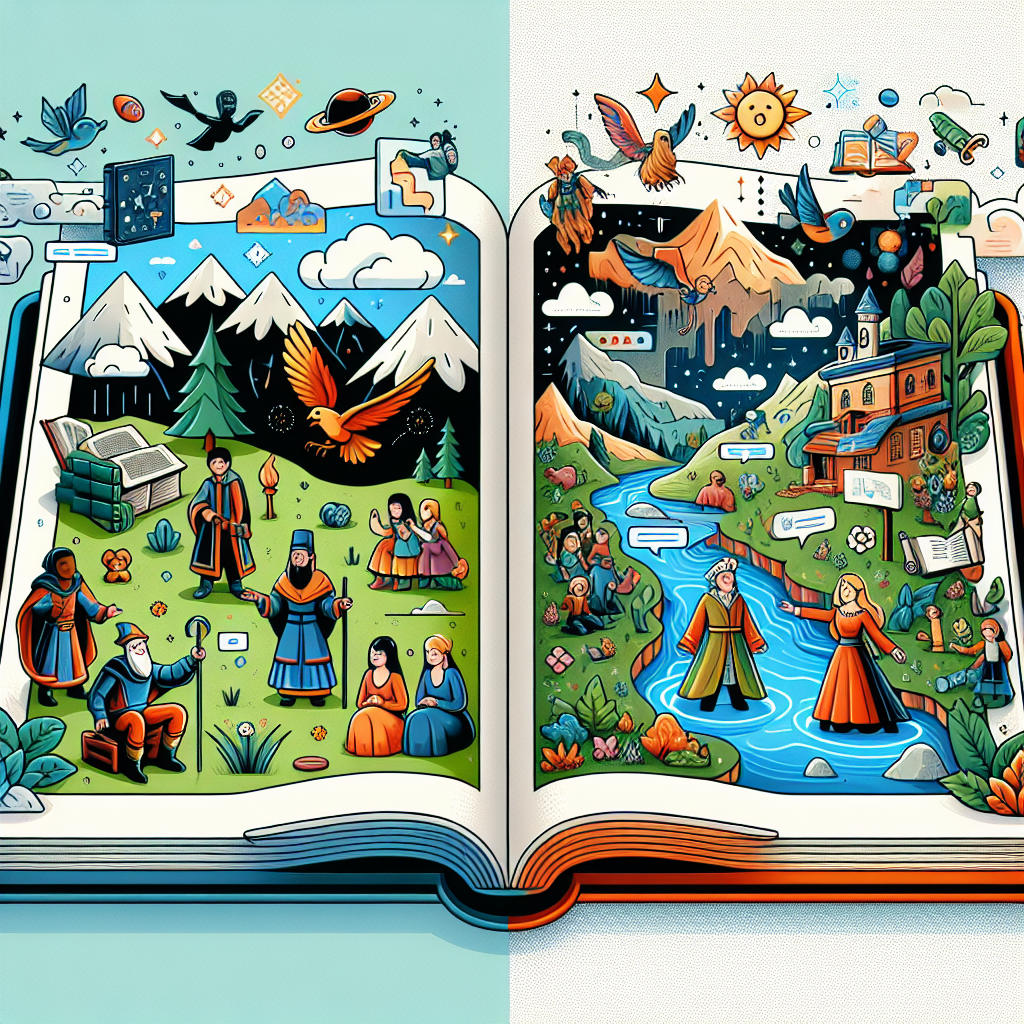Generative AI technology has revolutionized many industries, including the world of storytelling. By using artificial intelligence algorithms to create unique and immersive narratives, storytellers can now engage their audiences in ways never before possible. This article will explore how generative AI is being used to create immersive storytelling experiences and the impact it is having on the world of entertainment.
One of the key benefits of using generative AI for storytelling is the ability to create personalized and interactive experiences for the audience. By analyzing user data and preferences, AI algorithms can tailor the story to each individual, making the experience more engaging and immersive. This level of personalization can lead to increased audience engagement and retention, as users feel more connected to the story and characters.
Generative AI can also be used to create dynamic and evolving narratives that adapt to user input in real-time. This means that the story can change based on the decisions and actions of the audience, creating a truly interactive experience. This level of interactivity can make storytelling more engaging and memorable, as users feel like they are actively shaping the narrative.
Another benefit of using generative AI for storytelling is the ability to create vast and complex worlds that would be impossible to create manually. AI algorithms can generate detailed landscapes, characters, and plotlines, allowing for rich and immersive storytelling experiences. This level of detail can help to transport the audience to new and exciting worlds, making the storytelling experience more vivid and engaging.
Generative AI can also be used to create branching narratives, where the story unfolds in different directions based on user choices. This can create a sense of agency and control for the audience, as they feel like they are actively shaping the story. Branching narratives can also lead to increased replay value, as users can explore different paths and endings in the story.
One example of generative AI being used for immersive storytelling is in the world of video games. Game developers are increasingly using AI algorithms to create dynamic and evolving narratives that adapt to player choices. This can lead to more engaging and immersive gaming experiences, as players feel like they are actively shaping the story and world around them.
Another example of generative AI being used for storytelling is in the world of virtual reality (VR). VR experiences can be enhanced with AI algorithms that create realistic and immersive worlds that respond to user input. This can create a sense of presence and immersion for the user, making the storytelling experience more impactful and memorable.
Overall, generative AI has the potential to revolutionize the world of storytelling by creating immersive and interactive experiences that engage and captivate audiences. By leveraging AI algorithms to create personalized, dynamic, and detailed narratives, storytellers can create truly unique and memorable experiences for their audiences.
FAQs:
Q: How does generative AI work for storytelling?
A: Generative AI algorithms work by analyzing data and generating new content based on patterns and trends in the data. For storytelling, AI algorithms can analyze user input, preferences, and behavior to create personalized and interactive narratives that adapt to user choices.
Q: Can generative AI create realistic characters and worlds for storytelling?
A: Yes, generative AI can create detailed and realistic characters, landscapes, and plotlines for storytelling. AI algorithms can generate vast and complex worlds that would be impossible to create manually, leading to rich and immersive storytelling experiences.
Q: How can generative AI enhance the gaming experience?
A: Generative AI can enhance the gaming experience by creating dynamic and evolving narratives that adapt to player choices. This can lead to more engaging and immersive gaming experiences, as players feel like they are actively shaping the story and world around them.
Q: How is generative AI being used in virtual reality storytelling?
A: Generative AI is being used in virtual reality (VR) storytelling to create realistic and immersive worlds that respond to user input. This can create a sense of presence and immersion for the user, making the storytelling experience more impactful and memorable.

